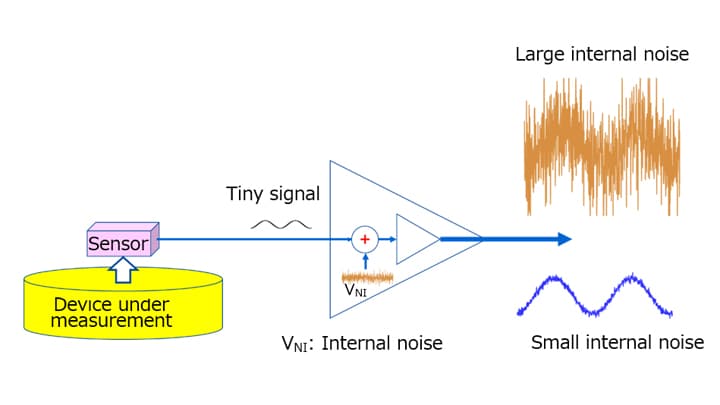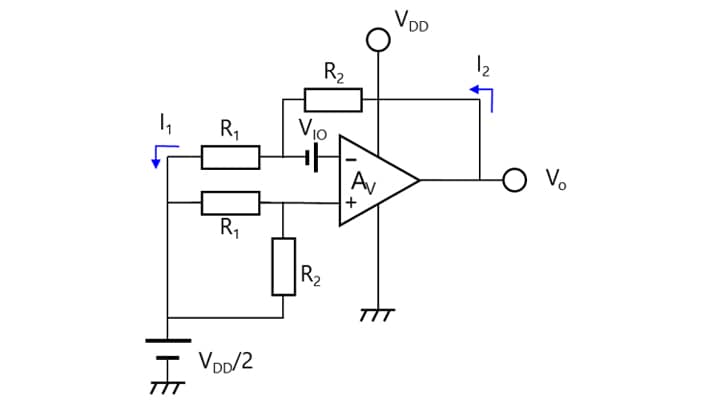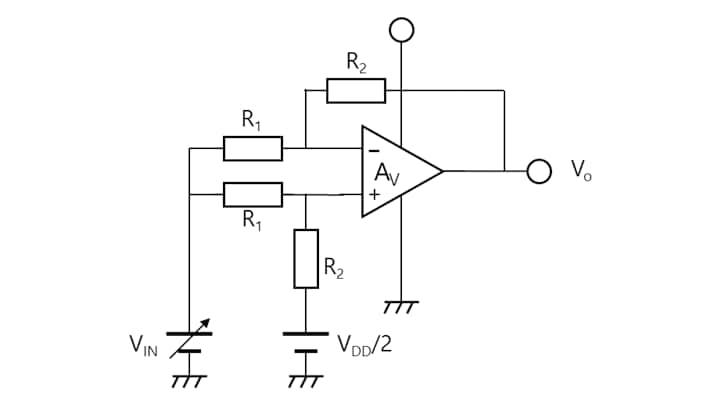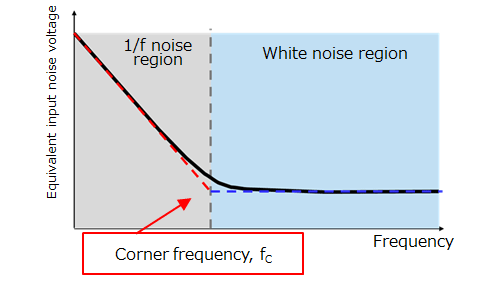- 半導體首頁
-
應用Automotive
Body Electronics
xEV
In-Vehicle Infotainment
Advanced Driver-Assistance Systems (ADAS)
Chassis
IndustrialInfrastructure
BEMS/HEMS
Factory Automation
Commercial Equipment
Consumer/PersonalIoT Equipment
Healthcare
Wearable Device
Mobile
Computer Peripherals
-
產品車用元件
Discrete Semiconductor
Diodes
電晶體
通用邏輯IC
Analog Devices
Digital Devices
Wireless Devices
※
: Products list (parametric search)
功率半導體※
: Products list (parametric search)
隔離器/固態繼電器Photocouplers
Digital Isolators
※
: Products list (parametric search)
MOSFETsIGBTs/IEGTs雙極性電晶體※
: Products list (parametric search)
Diodes※
: Products list (parametric search)
微控制器馬達驅動 ICs智能功率 ICs※
: Products list (parametric search)
電源管理 ICs線性 ICs※
: Products list (parametric search)
通用邏輯 ICs線性影像感測器其他產品其他產品
※
: Products list (parametric search)
-
開發/設計支援
開發 / 設計支援
-
技術知識
- 購買管道
- 型號 & 關鍵字搜尋
- 交叉搜尋
- 參數搜尋
- 線上庫存查詢跟購買
This webpage doesn't work with Internet Explorer. Please use the latest version of Google Chrome, Microsoft Edge, Mozilla Firefox or Safari.
型號需要超過三個文字以上 Search for multiple part numbers fromhere.
The information presented in this cross reference is based on TOSHIBA's selection criteria and should be treated as a suggestion only. Please carefully review the latest versions of all relevant information on the TOSHIBA products, including without limitation data sheets and validate all operating parameters of the TOSHIBA products to ensure that the suggested TOSHIBA products are truly compatible with your design and application.Please note that this cross reference is based on TOSHIBA's estimate of compatibility with other manufacturers' products, based on other manufacturers' published data, at the time the data was collected.TOSHIBA is not responsible for any incorrect or incomplete information. Information is subject to change at any time without notice.
型號需要超過三個文字以上
3.4. Noise gain and signal gain
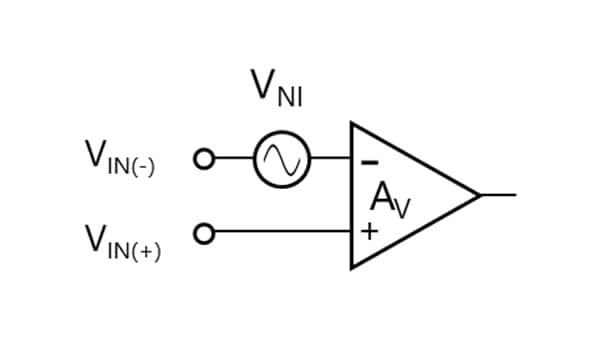
The previous section described different types of noise generated by the op-amp. As discussed, the internal noise of an op-amp is defined as equivalent input noise voltage. Figure 3-12 shows a simplified equivalent circuit. The op-amp represented by the triangle is the ideal one. Since Figure 3-12 expresses the equivalent input noise voltage (VNI) as a difference in voltage between VIN(+) and VIN(-), it is not significant whether VNI is inserted in series with VIN(+) or VIN(-).
Next, let’s consider noninverting and inverting amplifiers using this model.
Figure 3-13 shows an inverting amplifier, and Figure 3-14 shows a noninverting amplifier. Both the inverting and noninverting amplifiers have an equivalent input noise source (VNI) inserted in series with the Vin(-) input of the ideal op-amp. These amplifiers have a signal gain of AV as discussed in Sections 2.4 and 2.5.

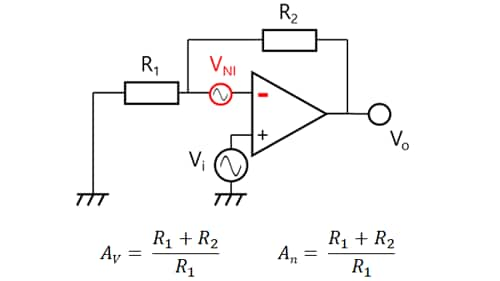
Using the principle of superposition, signal and noise sources can be considered separately. Let’s calculate the gain for the noise source. At this time, Vi is regarded as being short-circuited according to the principle of superposition.
Since the VIN(+) input is grounded in Figure 3-13, the VIN(-) input can also be regarded as being grounded. Therefore, the potential at the intersection of R1 and R2 becomes VNI.
Since the current flowing through R1 (I1) does not flow to the op-amp, all of I1 flows through R2.
I1 = VNI / R1
Hence, the noise voltage at VO (VNO) is calculated as:
VNO = VNI + R2 × VNI / R1 = VNI × (1 + R2 / R1)
Since the noise gain (AN) is equal to VNO/VNI,
AN = 1 + R2 / R1
In this way, the gain of the noise generated in an op-amp might be different from that of the signal gain. This gain is called a noise gain.
This concept of noise gain can be used as follows:
- Converting the equivalent input noise into output noise
- Calculating the effect of the input offset voltage on the output
- Calculating the oscillation margin
As described above, the concept of noise gain is important for circuits using an op-amp.
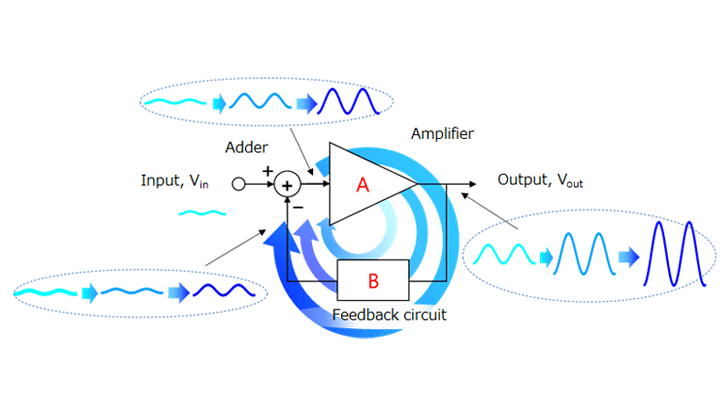
Next, the following paragraphs briefly describe the oscillation margin.
Except for oscillators, oscillation means an unwanted fluctuation of a signal at an unintended frequency. A source of oscillation such as unwanted noise circulates through a feedback loop, developing into oscillation, as described in Section 2.3.
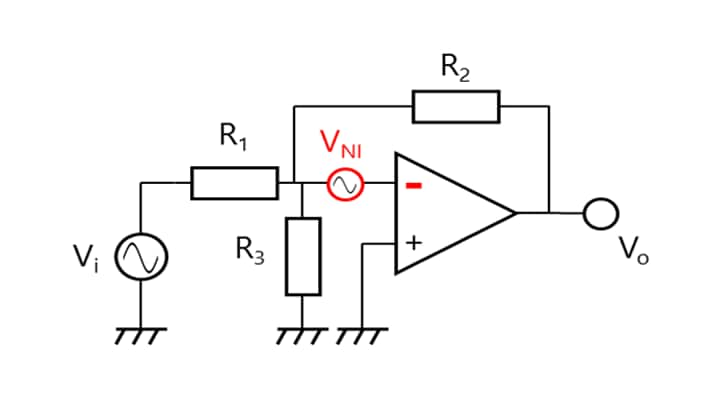
The source of oscillation is random noise. It is applied as a difference in voltage between the VIN(+) and VIN(-) inputs of an op-amp. In other words, it is the equivalent input noise voltage (VNI) discussed above.
It is important to determine the oscillation immunity based on the noise gain. As described above, the noise gain of typical inverting and noninverting amplifiers can be calculated using the signal gain equation for noninverting amplifiers.
The concept of the noise gain can be used to provide a margin for oscillation (i.e., increase the noise gain).
Figure 3-16 shows an example of increasing the oscillation margin without changing the signal gain with an inverting amplifier.
Let’s consider Vi and VNI separately using the principle of superposition.
(VNI is regarded as being short-circuited when considering Vi whereas Vi is regarded as being short-circuited when considering VNI.)
From the concept of a virtual short, both the VIN(-) and VIN(+) inputs are regarded as being grounded.
Therefore, since the voltage across R3 is equal to the GND potential at a signal gain of AV (= Vo/Vi), no current flows through R3. Hence, AV = -R2/R1, which is identical to the equation for a basic inverting amplifier.
Since Vi is short-circuited at a noise gain of AN (= Vo/VNI), Vi = R1 // R3. Hence, AN = 1 + R2 / (R1 // R3), which is higher than the noise gain for basic inverting amplifiers, AN = 1 + R2 / R1. This means that this circuit provides a larger oscillation margin than a basic inverting amplifier.
However, since the concept of the noise gain is exactly the same as that of the input offset voltage, the oscillation margin increases at the expense of an increase in input offset voltage.
Related information
- Prev
- 5/5
Chapter3 Electrical characteristics
Related information
- Products
- Application Notes
- FAQs
- Parametric Search
- Stock Check & Purchase


